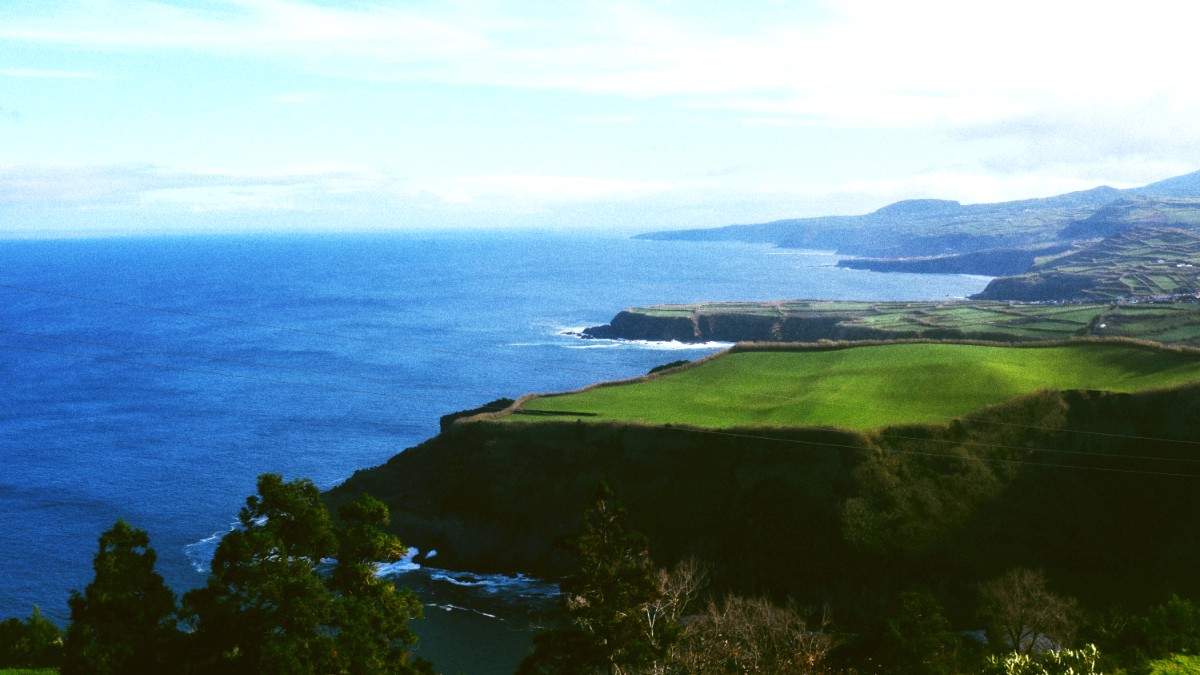
Azores, Portugal
Pico Airport (PIX) is the main regional airport on Pico Island, handling inter-island flights. João Paulo II Airport (PDL) in Ponta Delgada, São Miguel, serves as the main international gateway to the archipelago.
SATA Azores Airlines is the main airline for travel within the Azores, operating frequent inter-island flights connecting Pico (PIX) with other islands, notably São Miguel (PDL) and Terceira (TER). SATA also offers direct flights from mainland Portugal and some international destinations.
High Season (July-August) sees the highest frequency of flights, also the highest prices. Book several months in advance for reasonable fares. Shoulder Season (May-June, September-October) has good availability at more reasonable prices. Low Season (November-April) means reduced frequency and limited options.
Pico Airport (PIX) offers very basic facilities. Expect a small waiting area, car rental desks, and a small cafe or snack bar. No duty-free shops or extensive retail options are there.
Ponta Delgada (PDL) has more extensive facilities, including duty-free shops, restaurants, cafes, ATMs, car rental services, and a tourist information desk.
Main airline for inter-island flights and direct connections from mainland Portugal, Boston, Toronto, New York.
Direct flights from Lisbon to Ponta Delgada (PDL) and Terceira (TER), connecting to Pico via SATA.
Ryanair, easyJet: Seasonal direct flights from various European cities to Ponta Delgada and Terceira.
Pico Island does not have metro or tram systems. Public transport is confined to a few bus routes. Relying solely on buses for comprehensive sightseeing is challenging. Public bus service is very limited.
Renting a vehicle is the preferred method of transport for most visitors due to limited public transport. A valid national driving license is sufficient from EU/EEA. For non-EU/EEA, an International Driving Permit (IDP) is necessary.
Main roads connecting the towns are in good condition. Secondary roads, especially those leading to natural attractions or through vineyard areas, can be unpaved, steep, or very narrow.
Driving laws: Drive on the right side of the road. Seatbelts are mandatory for all occupants. Speed limits are posted (typically 50 km/h in towns, 90 km/h on main roads).
Atlânticoline is the main ferry company connecting Pico to its neighbors. Pico has three main ferry terminals: Madalena (busiest), São Roque do Pico, and Lajes do Pico.
Smaller cruise ships occasionally visit Pico, typically docking in Madalena or Lajes. Passengers usually transfer to shore via tender boats. No navigable rivers for transport on Pico Island.
For internal travel within the Azores (part of Portugal/Schengen Area), no immigration checks are typically performed for ferry passengers.
Ferries are the main means for inter-island travel, linking Pico to neighboring islands. These connections extend your Azorean exploration beyond Pico.
Pico's main ports in Madalena and Lajes do Pico occasionally receive smaller cruise ships. This allows cruise passengers to experience the island's unique volcanic landscapes.
No specific exit fees or taxes are charged for departing from Pico Airport or its ferry terminals. All applicable taxes are usually included in your airline or ferry ticket price.
Pico Airport facilities are minimal. You will find a small waiting area and a cafe. Ferry Terminals have basic waiting areas, often with a small cafe or kiosk for refreshments. Do not expect extensive shopping or dining options at departure points.
Verify flight or ferry schedules for any last-minute changes, especially due to weather.
Arrange taxis or ensure your rental car return is planned according to your departure time.
Allocate time for a last local meal or souvenir shopping near your departure point if time permits.
When departing from Pico by plane, especially during peak season, confirm your flight status the day before. Inter-island flights sometimes experience delays due to weather conditions. Plan accordingly for a seamless journey.